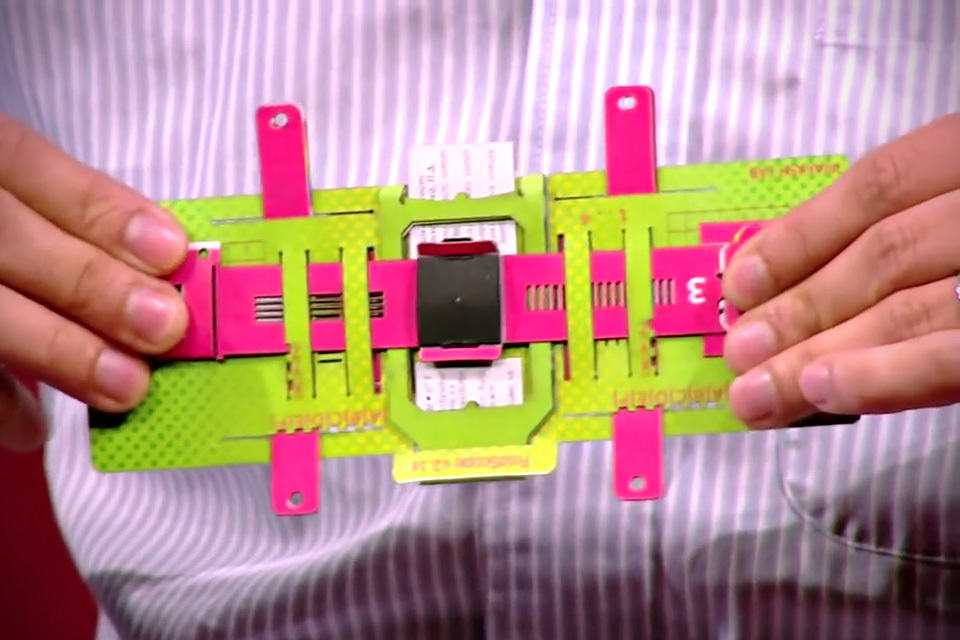the Foldscope, which is a folding microscope inspired by the art of origami, has to be the science news of the week despite the video has already made the round since last week. developed by students James Cybulski and James Clements of Stanford University’s School of Medicine, led by Assistant Professor Manu Prakash, the Foldscope costs less than a dollar to make and though it is essentially made out of paper (with exception for the lenses and electronic circuits), it is comparable with many research microscopes with the bells and whistles you expect of a full-fledged, thousand dollar device.
depending on the lens used, Foldscope could provide magnification of up to 2,000x which is enough to see parasites that cause malaria and other diseases, and best of all, it is easy to use, which means it could be deployed to say, locality suffering from malaria, for (almost) free, at a faster rate and quantity, and most importantly, negates the learning curve needed to use a microscope. malaria is a worldwide problem and with this invention, field workers in regions plagued by this terrible mosquito-borne disease can quickly pin-point the exact strain right there and then, thereby allowing medical practitioners to prescribe the appropriate treatment.
however, the paper microscope’s application is not limited to such; it can be used across education and field research too. we most certainly would love to see it reaching homes where owning a microscope for bacteria identifications could be as easy or as common as taking our bodily temperature. the development has a profound and far-reaching impact on our hygiene and how we combat bacteria and viruses.
the hardware is a self-contained unit which operates on a single cell battery offering up to 50 hours of usage and is super durable, capable of shrugging off drops as high as three floors up, stomped upon and even immersed in water. that is not to say it won’t break at all, because humans are known to breach limits and we will eventually find ways which we could break it, but you could always print out another sheet and put together a brand new working example in matter of minutes. then again, at a dollar or less a piece, you probably would have a bunch of them stashed away in the cabinet.



